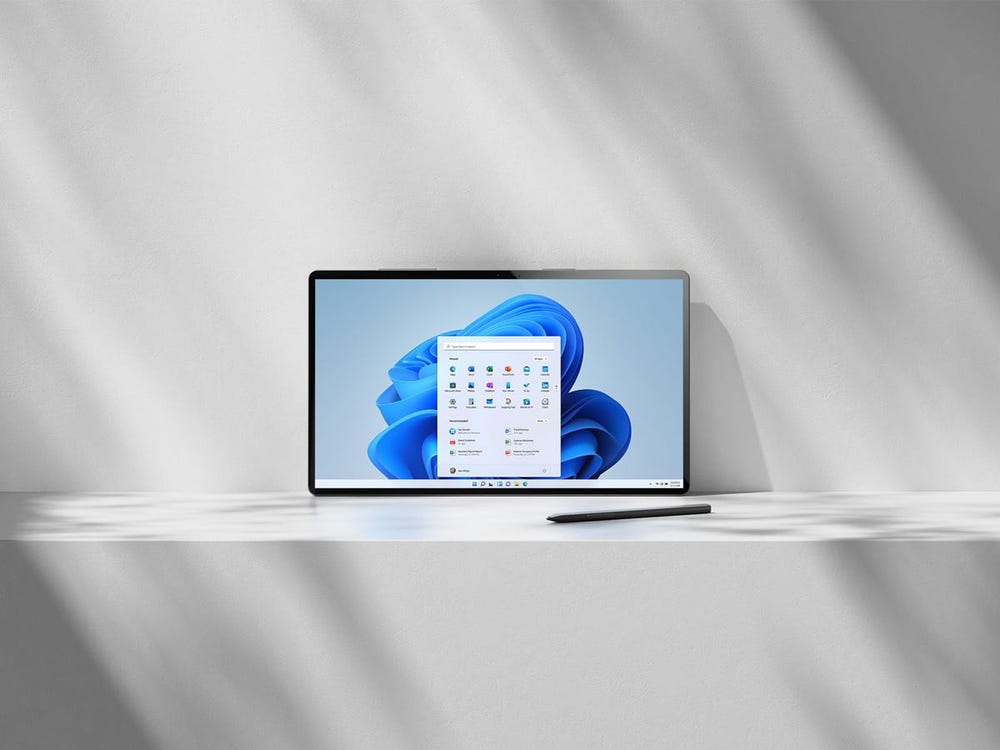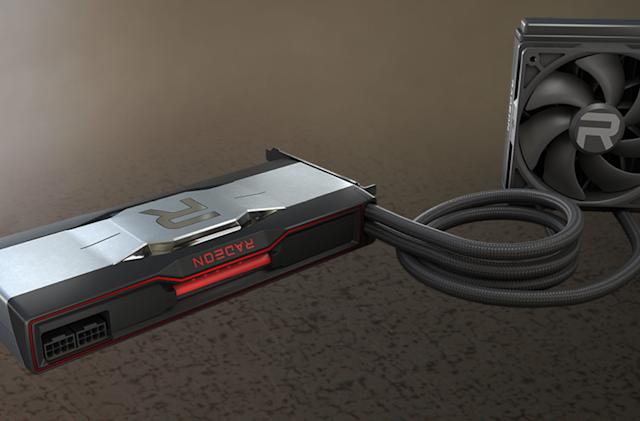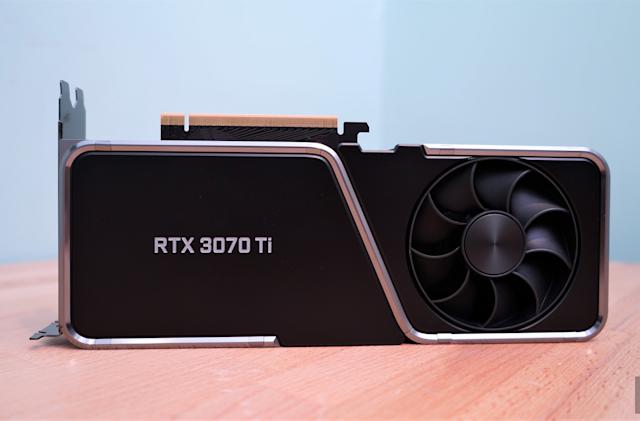What Makes the Most Durable Outdoor Security Cameras?
High-resolution footage means nothing if your security camera fails during the first winter storm or stops working after being bumped by a stray basketball. Unlike indoor cameras protected from the elements, outdoor models face constant challenges - scorching sun, freezing temperatures, heavy rain, and even potential tampering. A truly durable security camera continues functioning through these challenges year after year, providing reliable protection when you need it most. While flashy features like facial recognition grab attention, build quality ultimately determines whether your investment lasts. In this article, we'll examine the key factors that separate temporary gadgets from long-term security solutions.
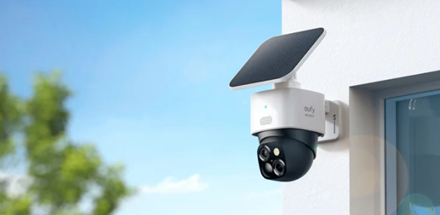
Weatherproof Ratings Decoded
The IP (Ingress Protection) rating system provides the clearest indicator of a camera's weather resistance. An IP65 rating means the unit is dust-tight and protected against water jets - adequate for most covered porch installations. IP66 adds protection against powerful water jets, ideal for areas exposed to heavy rain or sprinklers. For coastal properties, IP67 (temporary immersion) or IP68 (continuous immersion) resist saltwater corrosion. Beyond waterproofing, check operating temperature ranges. Cheap cameras may claim weather resistance but fail in extreme cold when internal components contract, or in desert heat when plastics warp. Look for models tested to withstand your region's temperature extremes, with some industrial-grade cameras functioning from -40°F to 140°F (-40°C to 60°C).
Vandal-Proof Construction Features
Determined intruders often target cameras first, making anti-vandal design crucial. Look for tamper-resistant screws that require special tools to remove. Dome cameras with polycarbonate shells withstand impacts better than flat-faced models. Some high-security options feature metal housings that deter cutting tools. Recessed mounting makes it harder to pry cameras off walls, while protective cages prevent spray paint from obscuring lenses. For maximum deterrence, choose cameras with visible security screws and rugged designs that signal they won't be easily disabled. Police reports show burglars often bypass properties with obviously rugged cameras in favor of softer targets.
Corrosion-Resistant Materials
Salt air near oceans or road de-icing chemicals accelerate corrosion that destroys camera electronics. Stainless steel mounts resist rust better than cheap coated metals. Look for marine-grade aluminum housings with proper gasketing to prevent salt creep. Circuit boards should conformally coated to protect against moisture intrusion. Connectors benefit from gold plating that won't corrode like nickel or tin. In corrosive environments, avoid cameras with exposed metal screws or decorative elements that pit over time. Some manufacturers use special alloys like 316 stainless steel in coastal editions, worth the premium in harsh conditions. A camera's material quality often becomes apparent only after seasons of exposure - check long-term user reviews from similar climates.
Power System Reliability
Hardwired vs Solar vs Long-Life Battery Options
Hardwired cameras provide the most reliable power but require professional installation. PoE (Power over Ethernet) models simplify wiring while delivering data and power through one cable. Solar-powered options work well in sunny climates but struggle during winter months - look for models with oversized panels and efficient power management. Battery cameras offer easy installation but require frequent recharging unless using low-power modes. The most reliable systems combine solar charging with battery backup, ensuring operation during cloudy periods. Consider your climate and maintenance willingness - a hardwired camera makes sense for permanent installations, while renters might prefer removable battery models.
Surge Protection for Lightning Storms
Power surges during storms destroy more cameras than rain ever does. Quality cameras include built-in surge protection, often rated in joules (800+ joules provides good protection). For wired models, whole-house surge protectors add another layer of defense. Lightning-prone areas benefit from fiber optic connections that can't carry electrical surges. Some professional installations use lightning arrestors that divert strikes away from equipment. Don't overlook this feature - one power surge can wipe out an entire camera system without proper protection.
Connector & Cable Durability
Weatherproof ratings mean little if water seeps in through cheap connectors. Look for IP-rated cable glands that compress tightly around wires. Ethernet connections should use waterproof couplers, not exposed RJ45 plugs. Power connectors benefit from threaded designs that won't pull apart accidentally. For wired installations, direct burial-rated cable withstands years underground. Avoid cameras with fragile ribbon cables or poorly sealed SD card slots - these become failure points over time. High-end models often pot electronics in epoxy, creating a waterproof barrier no connector can compromise. Inspect connection points carefully - the best weatherproofing can be undone by one poorly designed port.
Brand Reliability & Warranty
A three-year warranty signals manufacturer confidence far more than marketing claims. Research how companies handle warranty claims - some require expensive return shipping, while others ship replacements immediately. Industrial brands often publish Mean Time Between Failure (MTBF) ratings - 50,000+ hours indicates robust design. Check if firmware updates remain available for older models, extending functional life. Beware brands that frequently discontinue products, making replacements unavailable. The most reliable manufacturers offer repair services beyond warranty periods, a sign they expect products to last. Sometimes paying slightly more for a proven brand saves money long-term by avoiding premature replacements.
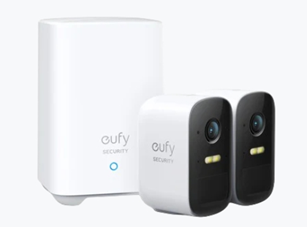
Conclusion
Durability shouldn't be an afterthought when selecting outdoor security cameras. Create a checklist evaluating: weatherproof rating (IP65 minimum), vandal resistance features, corrosion-resistant materials, reliable power options, surge protection, connector quality, and brand reputation. A great choice in this regard is eufy's powerful security cameras, which offer impressive features like 4K clarity, smart AI detection, 360° coverage, local storage, and weather resistance. As a reputable brand, eufy ensures quality and reliability, making it a worthwhile option. Remember that proper installation affects longevity too—follow manufacturer guidelines for sealing conduit entries and maintaining drainage paths.Invest in durability today to avoid costly replacements tomorrow.
Latest: Why Wearable Tech Is the Ultimate Gift for Fitness Lovers



